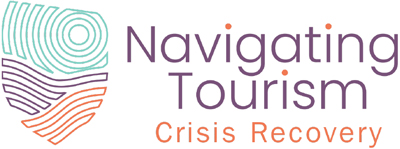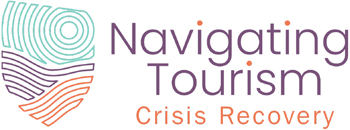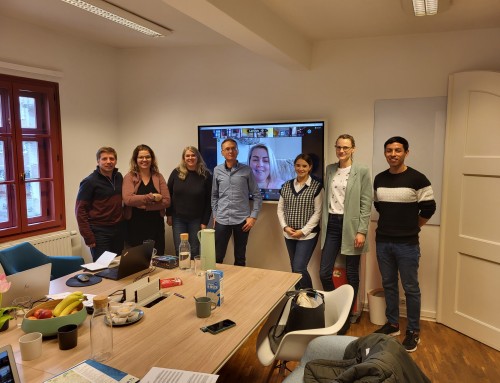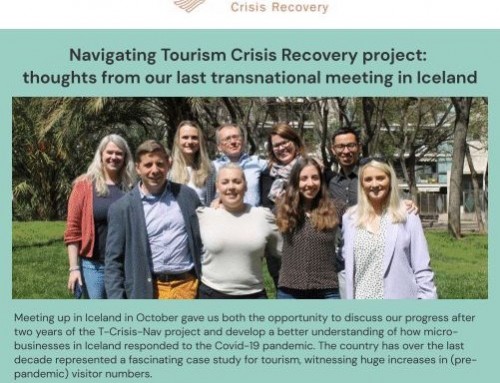 Scottish tourism and COVID-19: what’s the outlook for the sector?
Scottish tourism and COVID-19: what’s the outlook for the sector?
An extraordinarily uncertain outlook
The outlook for tourism is extraordinarily uncertain worldwide, and recovery will depend on interlinked factors related to both the health crisis and the economy that touch on both the demand and supply side of tourism. These include:
- evolution of the pandemic and new variants
- rollout of the vaccine
- the lifting of travel restrictions
- survival and readiness of businesses throughout the business base
- impacts on consumer confidence and travel behaviour
- developments in the wider economy
While the brief recovery in the summer months of 2020 had fuelled hopes for the beginning of a recovery in the sector, those hopes were dashed by the autumn/winter waves of the pandemic. Internationally most experts do not see a return to pre-pandemic levels of tourism happening until sometime between 2023 and 2024. Evidence from Scottish industry leaders to the Scottish Parliament in January 2021 suggested 2023 as an estimated return point to pre-pandemic levels.
A number of key themes and trends have been identified that will have implications for the outlook of the sector:
- Domestic tourism is expected to benefit, as people prefer to stay local and visit destinations within their own country.
- Safety and hygiene will be a key factor in choosing destinations and tourism activities, likely impacting preferences for accommodation and transport.
- Demand (traveller behaviour will be influenced by the evolution of the crisis – less disposable income, declined travel confidence) and supply side (structural changes to business base) changes will impact visitor flows and pricing points.
- Sustainability will likely become more prominent in tourism choices, due to greater awareness of climate change and adverse impacts of tourism.
- Digitalisation in tourism services is expected to continue to accelerate.
- Access to skills issues could be exasperated in the tourism sector.
- Tourism policy will need to be more reactive with policies to incentivise and restore investment in the tourism sector.
What do some of these themes and trends mean for Scotland?
Structural change in the business base and the point of unwinding support
Structural change in tourism supply – the willingness and ability of businesses to create tourism goods and services to take to market – is expected across the business base. Not all businesses will survive the crisis and capacity in the sector is likely to be reduced for a period, limiting the recovery. The current levels of government funded intervention in the sector, and wider economy, are unprecedented. The rationale for these interventions is valid – to save jobs and ensure businesses will there to start again whenever the economy reopens. However, there will come a point where this lifeline support will have to be unwound, and some tourism businesses will face difficult decisions about their viability.
Domestic tourism and green choices
Domestic tourism is expected to benefit, as people prefer to stay local and visit destinations within their own country. Multiple factors drive this: fewer restrictions for travel within own country, more substitution options for travel, anxiety, and growing ‘green’ preferences. However, domestic tourists are often more price-sensitive and tend to have lower spending patterns. Even with increased domestic demand this is unlikely to fill the £2.5 billion gap in international spend.
New consumer preferences driven by COVID-19 suggest substitution effects towards rural areas and self-catering properties. Safety and hygiene have become key factors to select destinations and activities. People are likely to prefer private means of travel when travelling and avoiding big gatherings. Thus, the recovery period for urban areas and hotels is expected to be more prolonged. There was evidence of this trend in the initial reopening period in summer 2020.
Growing preferences for ‘green’ and sustainable choices could see increased demand for natural areas and more local destinations – shorter travel distances may result in a lower environmental impact of tourism. The World Tourism Organisation (UNWTO) foresee growing demand for open-air and nature-based tourism activities, with domestic tourism and ‘slow travel’ experiences gaining increasing interest.
Digitalisation and innovation
Given the pressing health and safety concerns around face-to-face interactions and hygiene, digitalisation in tourism services is expected to continue to accelerate, including a higher use of automation, contact-less payments and services, virtual experiences, and real-time information provision. In view of the complexity of these issues involving sensitive data, significant investment, and the cooperation of several sectors and countless individual players, if it is going to succeed, it is essential that public and private sector partners engage meaningfully.
Innovation in tourism will be essential, as tourism businesses and destinations will need to adapt their offerings to modified travel behaviours. This crisis has accelerated the transition to digitalisation. VisitScotland is working in partnership with Business Gateway to promote and deliver digital support services to industry.
Every destination across the globe has experienced the impact of COVID-19 and will be seeking their share of the recovery. Thus, it will be important that industry and governments work together to ensure the restart and recovery of Scotland’s tourism sector gets off to the best possible start.
This is an abridged version of an article available at: https://spice-spotlight.scot/2021/03/08/scottish-tourism-and-covid-19-whats-the-outlook-for-the-sector/.




